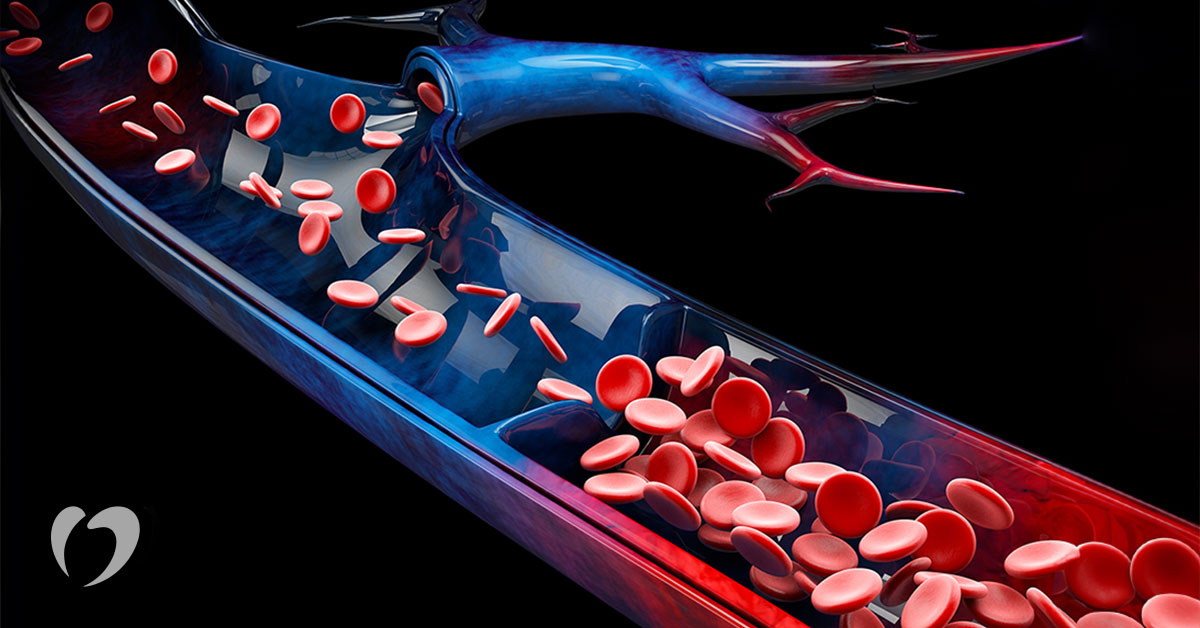Symptoms of Vein Disease

The veins are an integral part of the circulatory system, as they are the pathways that carry blood back to the heart to be pumped to the lungs for oxygenation. Veins have thin walls and valves that keep the blood flowing in the right direction. When veins are damaged or not functioning properly, symptoms of vein disease can begin to occur.
Vein disease begins as a minor, seemingly cosmetic issue, but the condition is progressive. Left untreated, it can become serious and sometimes life threatening. Vein disease can lead to blood clots. Clots that dislodge and travel to the heart, brain, or lungs can result in a pulmonary embolism, stroke, or other life-threatening issue.
Vein disease can occur on the arms, but it more commonly begins in the lower extremities. The symptoms of vein disease can vary based on the stage of the disease and the individual, but these are some common symptoms of vein disease.
Spider veins or varicose veins
Spider veins are damaged blood vessels that appear as knots of blue, red, or purple veins that you can see through the skin. Varicose veins are swollen and bulging veins. In either case, the area may burn, itch, or feel uncomfortable.
Achiness or heaviness in the legs or arms
Some patients may feel an achiness or heaviness in their legs or arms when they have vein disease. This symptom often gets worse after long periods of inactivity, whether standing or sitting.
Edema and skin changes
Edema is swelling of the extremities, which is more likely to occur as the disease progresses. The skin may change color or texture, and skin ulcers can appear as well.
Restless legs
Restless leg syndrome can accompany vein disease and includes a tingling sensation, burning, and an uncontrollable urge to move your legs, especially at night.
If you are experiencing any symptoms of vein disease, contact Oklahoma Heart Hospital to schedule an appointment with one of our vein specialists.
